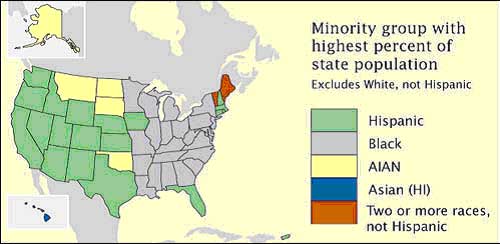
Infrared aerial photos are used to show an image on infrared film. This then provides a record of point to point variations in the temperature of the photograph. Not only can it be used to to show the changes that have taken place in our environments, but it can also be used to monitor such items as damage to roofs, the tracking of dairy farm out flows, pinpointing the source of, and monitoring, insect or disease infested vineyards, or sites contaminated by toxic chemicals, and many more applications.
The above image is an Infrared areial photo of the Middle Mississippi River taken in 1994.

